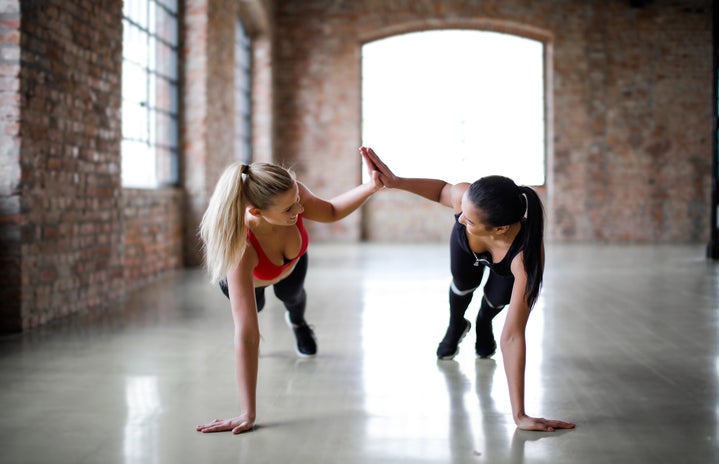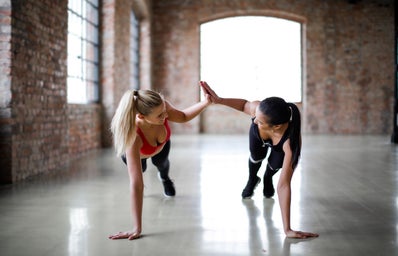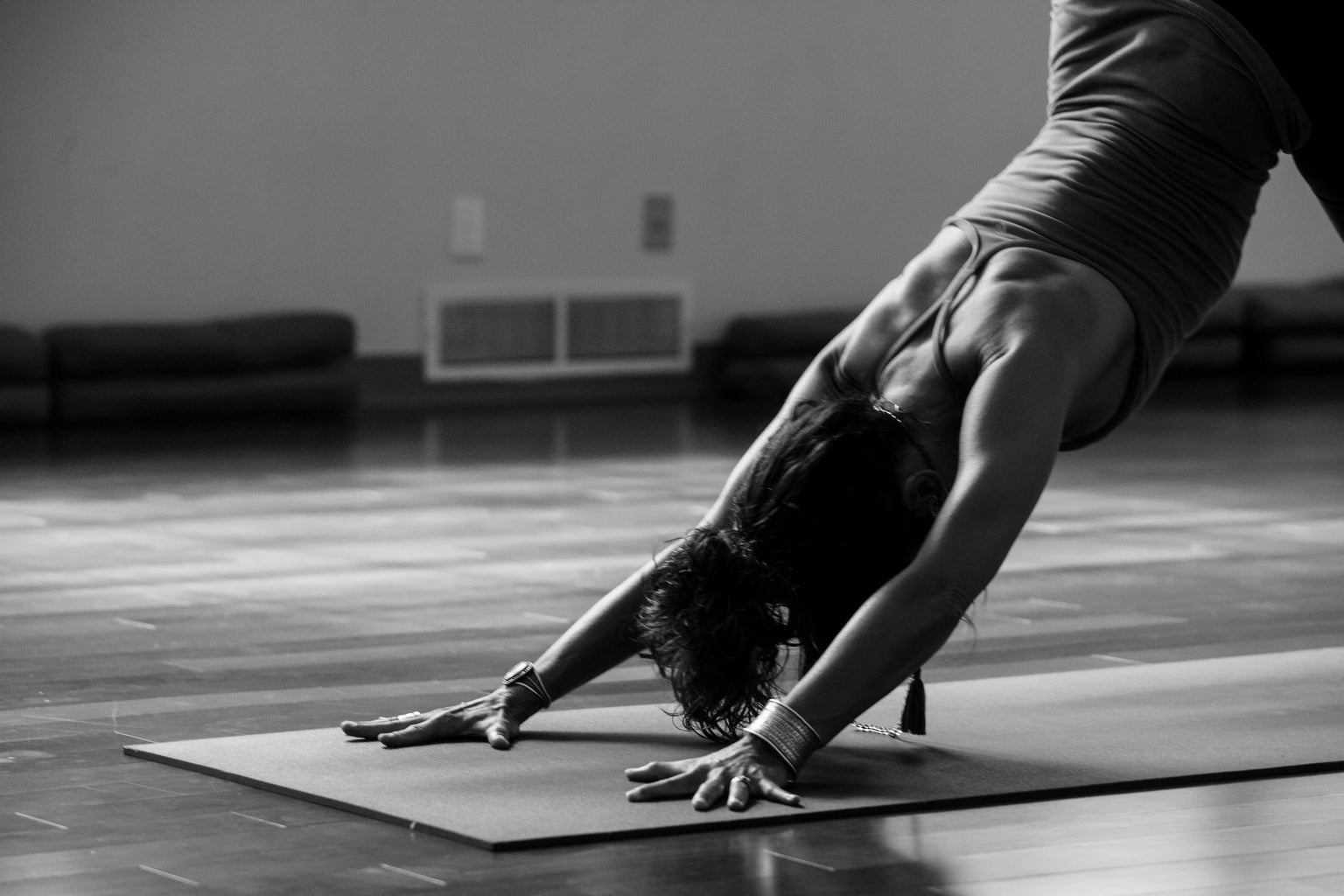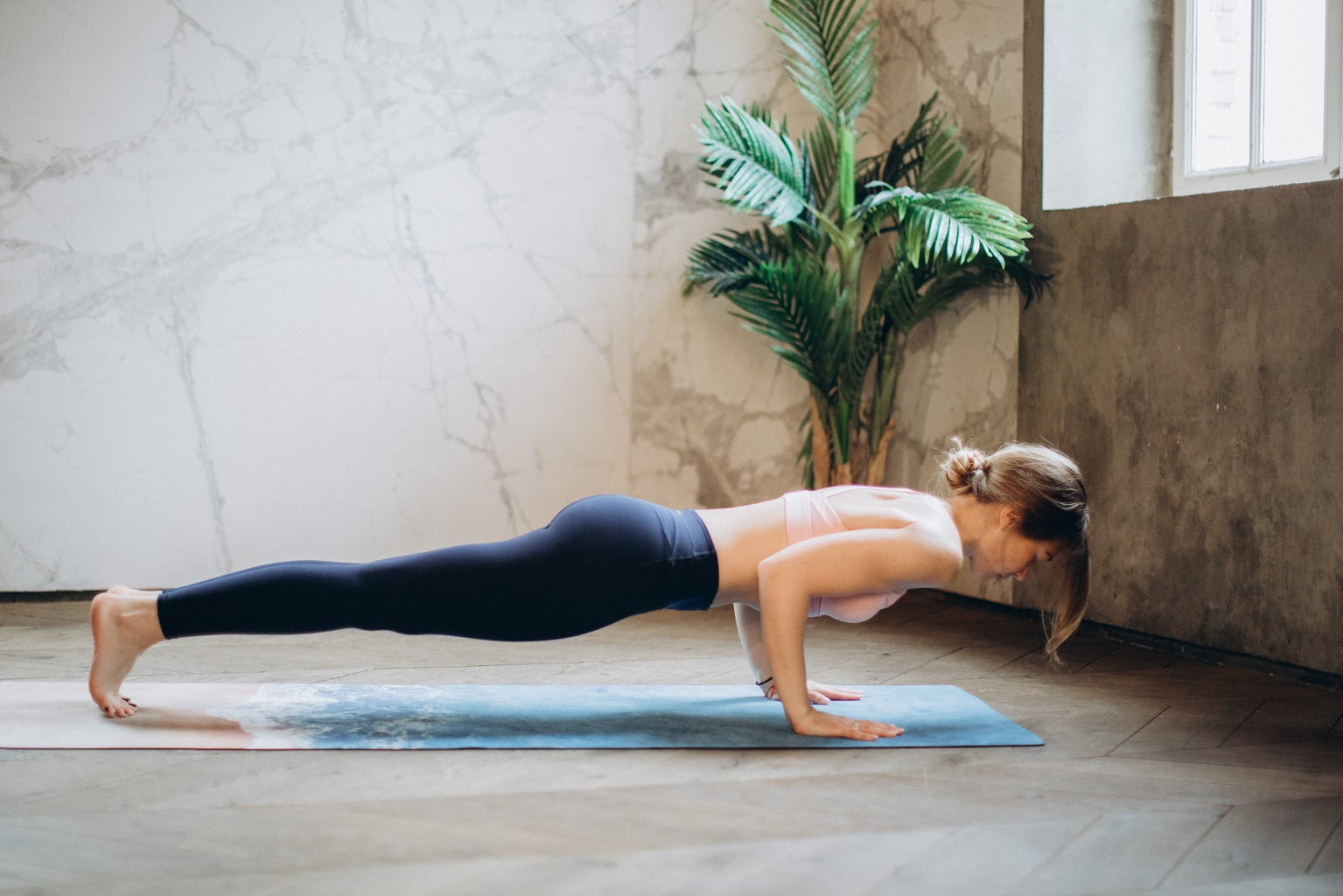Can exercise make us happier?
I put this to the test. As I returned to San Diego in the middle of the quarter to transition back for in-person learning, I decided to uphold my New Year’s resolution and attend yoga classes to focus on my wellbeing and body. I have attempted to practice yoga during quarantine but I could not get myself to stick to a routine and or focus through YouTube tutorials. As my school offered different types of yoga classes weekly, I decided to take this as an opportunity to challenge myself and move my body.
I chose yoga as my form of exercise as it moves at a slower pace without too many intense movements such as weight lifting or cardio. I wanted to start moderately and gradually let the muscles in my body be comfortable with routines. Besides, I am too self-conscious to let myself wander alone in a public gym and figure out how to use foreign equipment, only making the experience miserable. The yoga sessions provided by my school’s recreation programs were low-key, and it was a space with less than 15 yogis who were also eager to learn the practice and heal.
My yogini journey started towards the end of January when I registered for morning classes on Mondays and evening lessons on Wednesdays. As I became more familiar and comfortable with the routine, I let myself go further with the exercise on the weekends. I would practice yoga four times a week, and I instantly became obsessed and more motivated to improve each time. Throughout the end of the quarter, I gained upper body and arm strength, which allows me to maintain plank and upward dog positions. My legs and glutes started to warm up more, as well, which helped maintain my balance. I soon felt my body become light and agile but most importantly, I was on a high, always feeling confident and good about myself after each lesson. My mood was notably happier leading up to my classes–because I was in so much anticipation–and afterward, feeling instant satisfaction and gratification for letting myself be grounded during the practice. Yoga, in particular, prioritizes breathing more than performing the sequences correctly. As long as you are inhaling and exhaling, you are immersing yourself in meditation.
Recently, I felt motivated to take one step further in my workout routines and try FlowLIFT and barre fit, which are both amazing forms of exercises that integrate yoga but add more intensity with weights and choreography. The 45 minutes of FlowLIFT felt like boot camp, or like to imagine that it is, for I have never experienced anything like this before. The pace is quick and I have to follow the rhythm of the sequences, making sure I don’t miss anything. However, rather than worrying about how many times I was able to repeat the series, I focused on going on my pace and targeting each movement to engage my body. Barre Fit felt a bit slower than the previous exercise but still intense nonetheless. Both workouts left my body sore but not in a bad way; the soreness felt pleasing, possibly due to my contentment with my achievement and efforts. The rush of energy, mixed with dopamine (my reward chemical) and endorphin (the mood stabilizer), was quite euphoric and worthwhile.
It is crazy to look back on myself and my lifestyle before February. It only took two months of workout– each session lasting only about an hour–to transform me, and I am driven to achieve more dramatic changes in my body and mental wellness. I am now loving working out, something I never thought I would proudly say. If there is one key takeaway from all this, it is that exercise revives the body as well as the mind.




